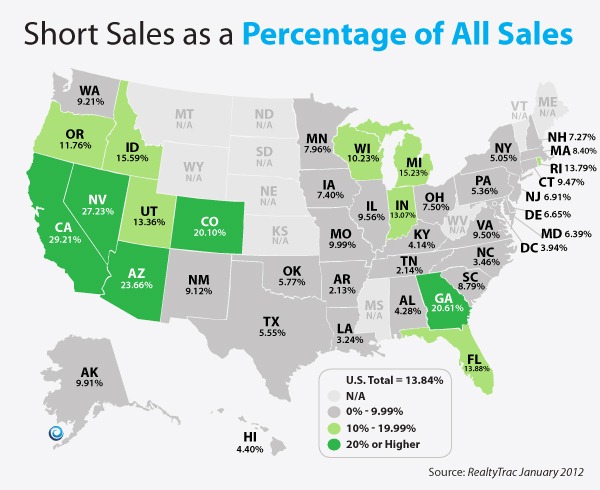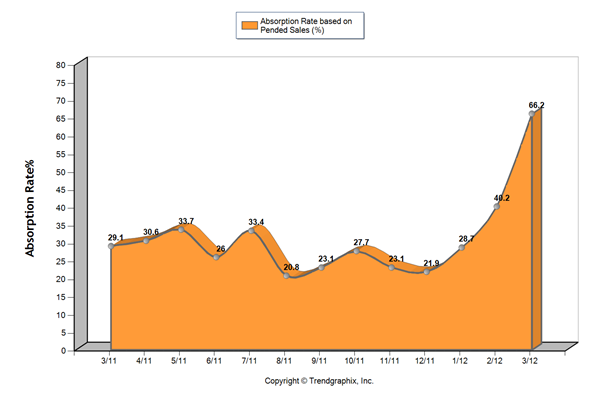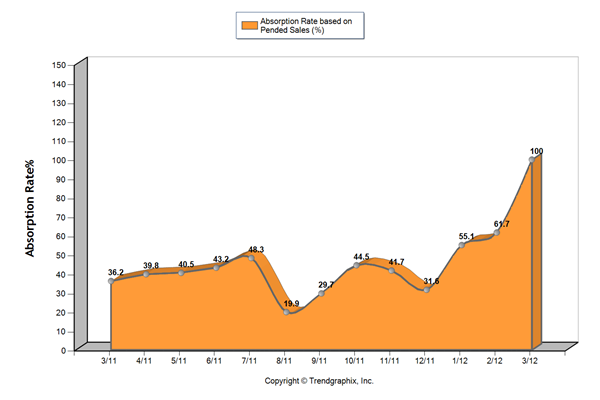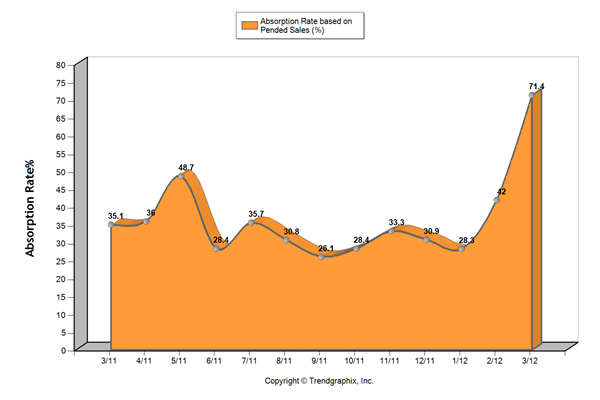Although regionally, home prices vary, as a nation, there is little change between this year and last year, with CoreLogic implying price stabilization is the current state of the market.
Home prices stabilizing
With a 0.6 percent drop in home prices between March 2011 and March 2012 and a 0.6 percent increase in prices from February, CoreLogic’s Home Price Index (HPI) shows that national home prices not only saw the first month-over-month increase since July 2011, the movement up and down is slight, indicating the market has found its bottom. Excluding distressed sales, month-over-month prices increased for the third month in a row. The CoreLogic HPI also shows that year-over-year prices, excluding distressed sales, rose by 0.9 percent in March 2012 compared to March 2011.
“This spring the housing market is responding to an improving balance between real estate supply and demand which is causing stabilization in house prices,” said Dr. Mark Fleming, chief economist for CoreLogic. “Although this has been the case in each of the last two years, the difference this year is that stabilization is occurring without the support of tax credits and in spite of a declining share of REO sales.”
“While housing prices remain flat nationally, in many markets tighter inventories are beginning to lift home prices,” said Anand Nallathambi, president and chief executive officer of CoreLogic. “This is true in Phoenix, New York and Washington, for example, which all reflect higher home price values than a year ago. A continuation of this trend will be good for our industry across U.S. markets.”
Regional performances vary
As always, all real estate is local and some states continue to perform extremely well while others continue to decline. Including distressed sales, the states with the highest appreciation were Wyoming (+5.9 percent), West Virginia (+5.3 percent), Arizona (+5.1 percent), North Dakota (+4.7 percent) and Florida (+4.5 percent) and excluding distressed sales, the top performers for March were Idaho (+5.4 percent), North Dakota (+5.1 percent), South Carolina (+4.7 percent), Montana (+3.5 percent) and Kansas (+3.4 percent).
Not everyone had such stellar results, however, as CoreLogic reports that including distressed sales, the states with the greatest depreciation were Delaware (-10.6 percent), Illinois (-8.3 percent), Alabama (-8.0 percent), Georgia (-7.3 percent) and Nevada (-5.8 percent), and excluding distressed sales, the poorest performers were Delaware (-7.6 percent), Alabama (-4.1 percent), Nevada (-3.9 percent), Vermont (-3.9 percent) and Rhode Island (-2.9 percent).
Including distressed transactions, the peak-to-current change in the national HPI (from April 2006 to March 2012) was -33.7 percent. Excluding distressed transactions, the peak-to-current change in the HPI for the same period was -24.5 percent. The five states with the largest peak-to-current declines including distressed transactions are Nevada (-59.9 percent), Arizona (-48.6 percent), Florida (-48.1 percent), Michigan (-45.1 percent) and California (-42.7 percent). Of the top 100 Core Based Statistical Areas (CBSAs) measured by population, 57 are showing year-over-year declines in March, eight fewer than in February.




(via)










 If you are either buying or selling a home in today’s market, you need a real estate expert. However, we must realize what the term ‘expert’ actually means. An expert in any area cannot give perfect advice as no one can predict the future. But they can give excellent advice based on their insight into their field.
If you are either buying or selling a home in today’s market, you need a real estate expert. However, we must realize what the term ‘expert’ actually means. An expert in any area cannot give perfect advice as no one can predict the future. But they can give excellent advice based on their insight into their field.